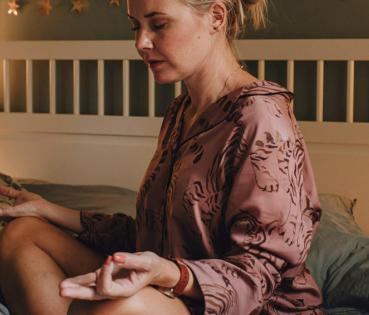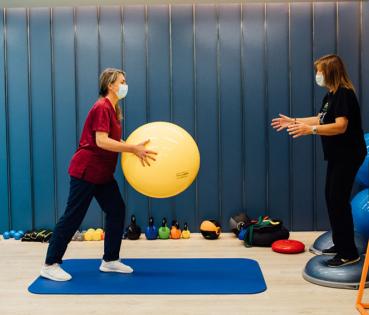
Dancing: the best remedy for sadness
Dancing has more health benefits than physical ones. It improves mood and practising it helps to activate the happiness hormones.
There are many factors that can cause mood imbalances and cause discouragement and apathy, such as the appearance of an illness, work stress, economic problems… but luckily, there are also many activities and exercises that can help to overcome the ups and downs along the way and cause a positive influence on our levels of happiness and enthusiasm. Amongst these, dancing stands out, an activity which in addition to burning up calories due to the actual aerobic exercise it involves, also contributes to reducing stress, anxiety and chronic pain, as well as allowing the brain to disconnect.
You don’t have to be an expert dancer, you just have to let yourself go, forget what others might think and move to the rhythm of the music. Dancing activates the production of endorphins, better known as the “happiness hormones”, and it contributes to the regulation of dopamine and serotonin levels, which are neurotransmitters that are closely linked to pleasure and to the controlling of emotions, respectively.
The key: enjoying the moment
Although intrusive thoughts might appear when dancing, such as shame, sadness, concern, the most important point is to enjoy the moment, either alone or accompanied, at a party or in the middle of the dining room or the kitchen. There is no perfect place or time for letting our hair down. In fact, it has been shown that as a song continues and we start to move, we become more confident, our self-esteem increases and our energy levels rise, in turn, improving performance, mood and physical and mental health.
It is also worth mentioning that this discipline has no age limit. In spite of not being able to carry out such fast, sudden movements, older people should continue to dance, as it helps to prevent heart disease and it strengthens the muscles and joints. Likewise, remembering steps, improvising or constantly keeping up with the rhythm, forces the memory to work, improving concentration capacity, developing metal sharpness and reducing the risk of suffering from illnesses such as Alzheimer and slowing down its evolution.
A study carried out by the Albert Einstein School of Medicine in New York endorses this benefit, which showed that dancing assiduously reduces the possibilities of developing senile dementia by up to 76%.
Dance therapy
In the case of suffering from a more serious problem, dance therapy or movement therapy can be used, that is to say, “the psychotherapeutic use of movement to promote an individual’s emotional, social, cognitive and physical integration,” as described by the American Dance Therapy Association (ADTA).
According to a recent study carried out by the team from the Creative Arts Therapy Department at the University of Drexel (Philadelphia), people suffering from schizophrenia who use this type of dance therapies experienced a decrease in symptoms such as aural hallucinations, paranoia and delirious thoughts, in addition to increasing their emotional expression and alleviating feelings of anguish.
Dance is one of the many routes we use to express ourselves and get to know ourselves, as well as for communicating and relating with the outside world. In this way it is much easier to reflect and express our feelings and concerns in a non-verbal way.




